
Apply Now for Funding Opportunities!
The FY 2025 grant round for the Historic Preservation Non-Capital Grant Program is now open! An Intent to Apply (ITA) is due July 1, 2024, with complete applications due August 1, 2024. Eligible projects include research, survey, documentation, conservation, planning, and educational activities involving historic, architectural, archaeological, or cultural resources. Apply via the program webpage, where you can also find more information, including a virtual grant workshop recording.
Are you considering a through the Maryland Historic Revitalization Tax Credit Program? Tax credit staff strongly encourage prospective applicants to contact them at mht.taxcredits@maryland.gov early in the project planning process. Applicants will receive guidance on how to complete a successful application, including identifying potential design issues and site/building challenges as well as meeting the project and program goals. There will be a webinar on July 10; please register your interest here. Applications are due by August 31st, 2024 by 11:59 PM.
|
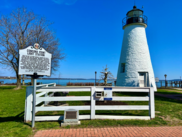
Welcome to Maryland's Newest CLG:
Havre de Grace
MHT and the National Park Service recently designated Havre de Grace as a Certified Local Government (CLG), joining 22 Maryland jurisdictions that have made a strong commitment to local preservation. Located at the top of the Chesapeake where the Susquehanna River becomes the Bay, Havre de Grace boasts a proud cultural heritage as a pivotal crossroads community of many overlapping stories, with a history that includes ferry crossings, colonial roads, the Susquehanna and Tidewater Canal, and early railroad development. CLG status means that Havre de Grace can now access special grant opportunities in exchange for meeting program requirements. To learn more, visit the CLG webpage.
|
By Dr. Brenna Spray, Outreach Coordinator
LGBTQ history is often hidden in plain sight. The Hackerman House (1 West Mount Vernon Place), today a part of the Walters Art Museum, was originally built for Dr. John Hanson Thomas, the great-grandson of John Hanson (President of the Continental Congress) around 1848. It was eventually owned by Mr. and Mrs. Francis M. Jencks, who purchased the home in 1892 and installed the eye-catching oval Tiffany skylight in the dome. Following the Jencks, the building had many uses but eventually fell into disrepair -- that is, until Mr. Harry Gladding purchased the building in 1963 and restored it with his partner Mr. Edward "Tim" Windsor to its former beauty.
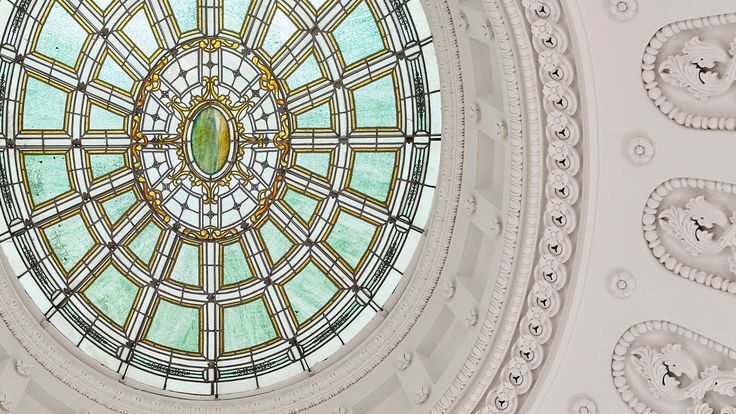 Historically, the mansion had witnessed many interesting and fabulous parties—including the Thomas family hosting the Prince of Wales (later King Edward VII)—and Mr. Gladding continued the tradition in a new way, with a focus on Baltimore’s gay community. Fueled by money from his local businesses, the parties at Gladding's house became legendary.
In 2022, Mr. Andre Powell, a longtime Black gay activist in Baltimore, spoke about Harry Gladding in an interview with Johns Hopkins University students:

[He] owned the car dealerships around the city, Gladding Chevrolet. And if you’re in the Mount Vernon Park downtown and the real tall statue of George there on Charles Street between Center and Madison, at Charles and Center you’ll find the Walters Art Gallery. Then there’s an alley behind the art gallery. And then that house there was the Harry Gladding mansion which was where Harry Gladding lived and he was well known in the gay community.... This rich gay car dealership, lots and lots and lots of money. And that’s where he lived.
|
Gladding opened two restaurants nearby: Chambord (fine French dining) and Uncle Charlie's Bistro (casual fare), through which, per the Baltimore Fishbowl, he intended to lose money to offset taxes owed by his successful car dealerships. Contrary to his plan, these restaurants at 801 North Charles Street grew into lucrative business ventures as well, and the Bistro became particularly popular in the Mount Vernon's LGBT community, where more gay-owned and gay-friendly establishments clustered in the 1970s-1990s. Many of these landmark businesses have since closed – such as the iconic Club Hippo at 1 West Eager, which operated from 1972 to 2015 and is now a CVS.
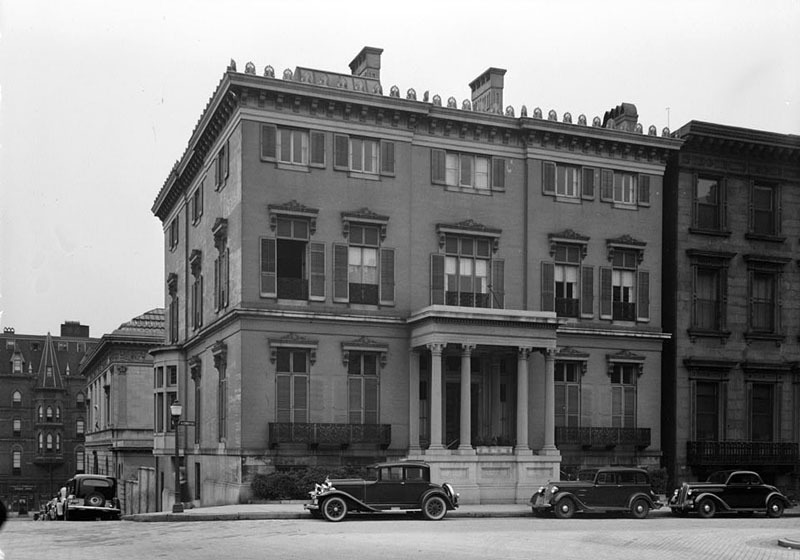 After Gladding's death in 1989, Mr. and Mrs. Willard Hackerman bought the house and gave it to the City of Baltimore for public use, after which it transferred to the Walters Art Museum. The museum restored the property, which now serves as an exhibition and installation space. Hackerman House’s long-term preservation is ensured by a perpetual easement held by MHT.
Want to learn more about Mount Vernon’s LGBTQ history? Baltimore Heritage’s Five Minute Histories are a great place to start (LGBTQ Heritage Part 1 and Part 2 – featuring Harry Gladding, Chase Brexton at the Monumental Life Building, and The Fight Against AIDS at First & Franklin Church). Historian Mo Speller has also put together a great list of resources for further reading. Happy Pride!
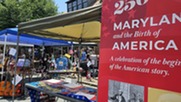
Summer with Maryland Two Fifty
|
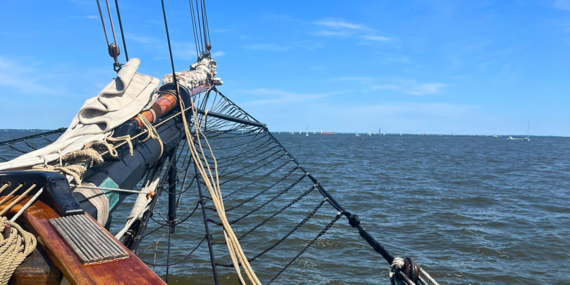 In Case You Missed It...
We just finished the 2024 Maryland Preservation Awards, where MHT staff travelled around the state visiting the sites of awardees and presenting them with their awards. To catch up on all the ceremonies, visit the MHT YouTube Channel.
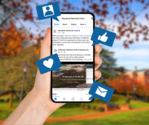
Reach Out!
There are many ways you can learn more about MHT, its programs, and the work it does. The latest news is updated regularly on our website. You can "like" and "follow" us on Facebook and Instagram, or sign up for our e-blasts to have our quarterly newsletters and other preservation news delivered straight to your inbox! If you are interested in joining the team at MHT, check the most recent job listings.
|
|